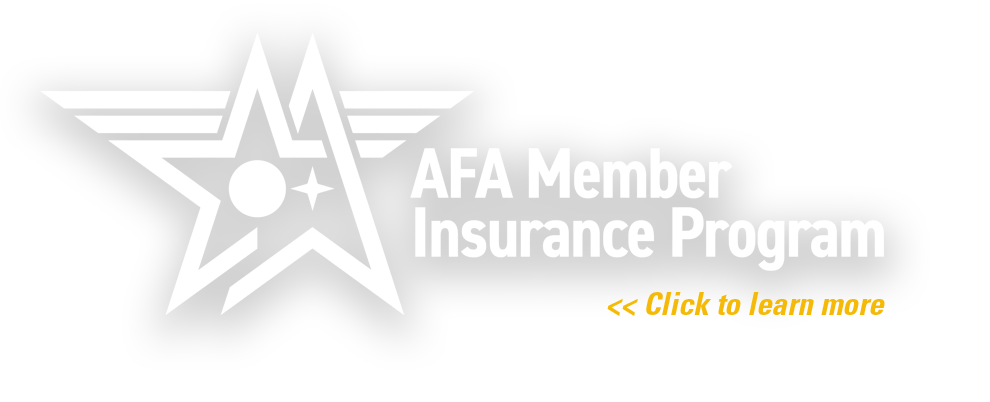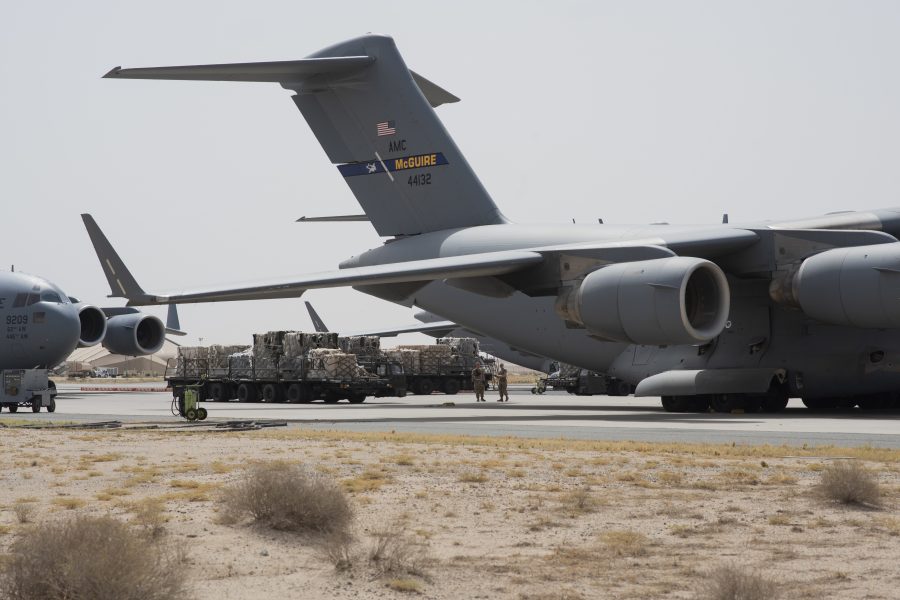The U.S. military is on pace to meet the Jan. 15 deadline to withdraw forces from Afghanistan and Iraq, and though the head of U.S. Central Command said American forces can still meet their main goals, the “margins will be less” because of the smaller footprint.
President Donald J. Trump ordered the Pentagon to draw down to 2,500 forces each in the two countries, and CENTCOM boss Gen. Kenneth F. McKenzie Jr. said Dec. 10 that it will be “no trouble” to reach that level.
In Afghanistan, the remaining troops will be able to conduct counter terrorism operations, if necessary, while also supporting Afghan forces with surveillance and air strikes. But because of the reduction in forces, down from about 4,000 when the order was made, the military will have to “be very careful and focused on when to do it,” McKenzie said during a virtual Defense One event.
While the Taliban “may believe they are on the cusp of a military victory, … we believe our Afghan partners … can maintain a defense against the Taliban even if we are at 2,500,” he said. Additionally, there will still be thousands of NATO and partner forces in the country.
In Iraq, the U.S. military is also on the “glideslope” to reduce to 2,500, down from about 3,000 when the order came. That number “allows us to continue our activities in Iraq much as we are doing now,” McKenzie said. NATO will also increase its presence in the country to continue the training mission.
In addition to the thousands of troops, the U.S. will need to bring out equipment so there isn’t excess in the countries, McKenzie said.
Air Mobility Command boss Gen. Jacqueline D. Van Ovost, speaking to Air Force Magazine on Dec. 9, said existing airlift capacity in the region will meet the demand, with a likely increase in operations tempo.
“We have a pretty decent presence downrange in C-17, C-130. We’re already doing missions there,” she said, adding that the upcoming drawdown will not be on the same level as previous reductions in Iraq and Afghanistan. “We’ve already stretched down the airfields out there. We’ll be doing, probably, a little more flying hours. I don’t see a massive mobilization.”
USAF airlifters have mastered the missions of flying materiel into and out of the Middle East, and “it looks like we have a very solid system for the way out. We’re going to be focused on coming out, making sure that’s done properly, securely, such that we’re not increasing the threats to anyone, either us or coalition forces, and that we do it very stepwise,” Van Ovost said. “You know, we’re planners, that’s what we do. And frankly we plan for this all the time, so I don’t see a massive mobilization necessary to do the work we need to do in Central Command.”


